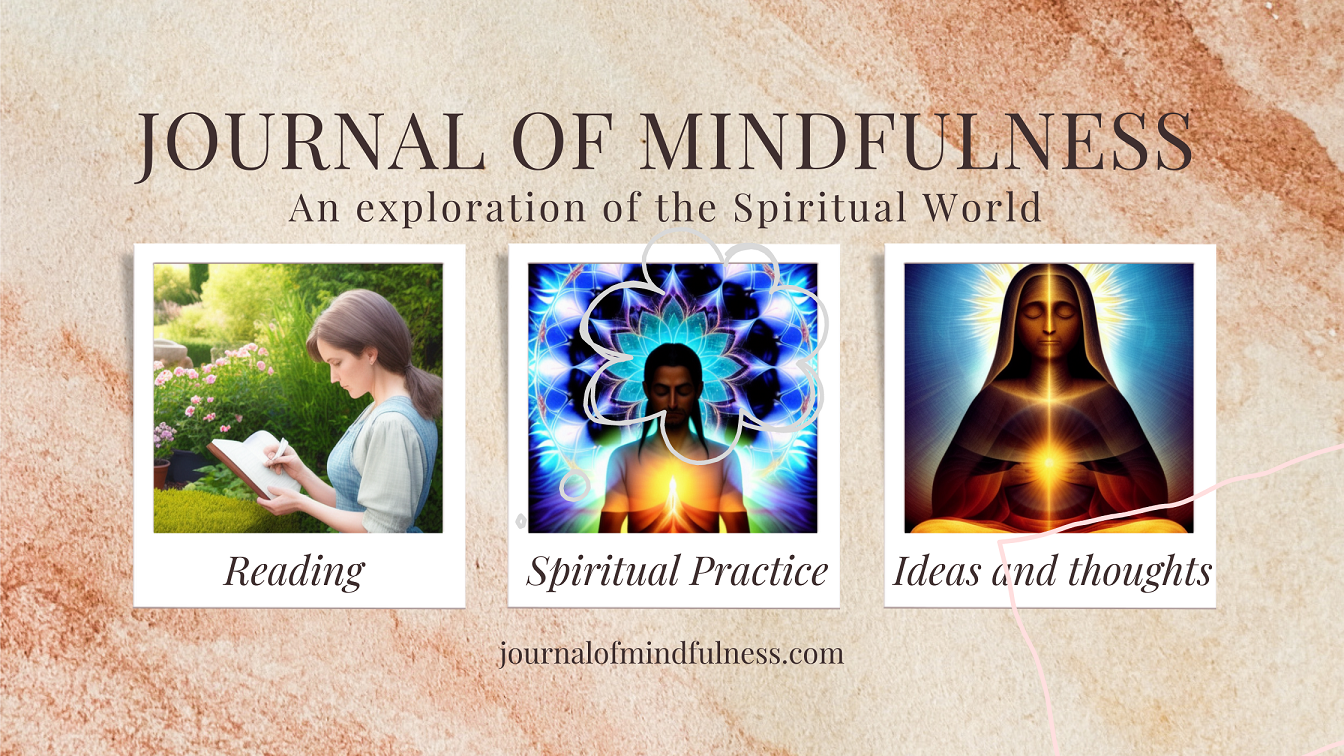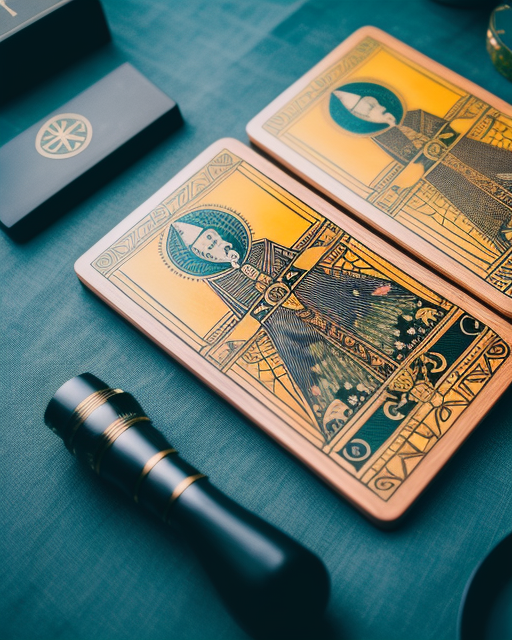Tarot 101: A Beginner’s Guide to Understanding the Cards
You are here because your intrigued by the world of Tarot. Starting with the basics here is our guide. The Tarot, with its rich symbolism and deep insights, offers a fascinating journey of self-discovery and spiritual exploration. In this beginner’s guide to Tarot, we’ll demystify the cards, provide a basic understanding of the Tarot deck, and offer tips on how to start your own Tarot practice. So, grab your Tarot deck and get ready to embark on an exciting adventure of Tarot 101.
- Getting to Know the Tarot Deck:
The Tarot deck consists of 78 cards, divided into two main groups: the Major Arcana and the Minor Arcana. The Major Arcana represents significant life events and spiritual lessons, while the Minor Arcana reflects everyday experiences. Each card carries its own unique symbolism and meaning, inviting us to explore the depths of our consciousness.
- Understanding the Major Arcana:
The Major Arcana is made up of 22 cards, starting with the Fool and ending with the World. Each card portrays a different archetype and represents a stage of the spiritual journey. The Major Arcana cards depict universal themes such as personal growth, transformation, and spiritual awakening. Take your time to study and reflect on each card’s symbolism and its message.
- Exploring the Minor Arcana:
The Minor Arcana consists of 56 cards, divided into four suits: Cups, Swords, Wands, and Pentacles. Each suit corresponds to different aspects of life, such as emotions (Cups), intellect (Swords), creativity and passion (Wands), and material aspects (Pentacles). The Minor Arcana cards offer guidance on daily challenges, relationships, and practical matters.
- Getting Started with Tarot Readings:
To begin your Tarot practice, it’s essential to establish a connection with your deck. Spend some time shuffling the cards, familiarizing yourself with their energy and getting comfortable with their presence. Consider using a Tarot spread or layout, such as the popular Celtic Cross spread, to guide your readings. Trust your intuition and allow the cards to speak to you.
- Learning Tarot Interpretation:
Interpreting Tarot cards is an intuitive process that combines the card’s symbolism, your personal insights, and the context of the reading. Start by studying the traditional meanings of each card, but remember that your intuition plays a crucial role in interpretation. Pay attention to the imagery, colors, and emotions evoked by the cards. Over time, you’ll develop your unique Tarot language.
- Journaling and Reflecting:
Keeping a Tarot journal is a valuable practice for beginners. After each reading, take a moment to write down your interpretations, insights, and any synchronicities that arise. Reflect on the messages and patterns that emerge over time. Journaling not only deepens your understanding of the cards but also serves as a personal record of your spiritual growth.
- Seek Guidance and Resources:
The Tarot journey is an ongoing process of learning and exploration. Seek guidance from experienced Tarot readers, join online communities or forums, and engage in discussions to expand your knowledge. There are numerous books, websites, and courses available to help you deepen your understanding of Tarot symbolism and interpretation.
Conclusion:
Embarking on the journey of Tarot can be both exciting and enlightening. Remember, Tarot is not about predicting the future but about gaining insight, self-reflection, and spiritual growth. As a beginner, take your time to build a relationship with the cards, trust your intuition, and allow the Tarot to be a guide on your personal journey. With practice and an open mind, you’ll unlock the wisdom and magic that Tarot

